Giant Schnauzer Ear Cropping: Essential Tips for Giant Schnauzer Puppy Owners
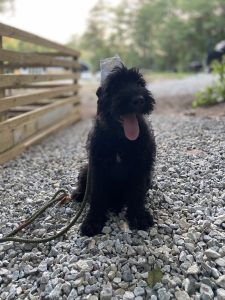 Cropped ears on your Giant Schnauzer can look great. But you want to make sure the procedure is done properly and safely, to ensure you get the results you want—while keeping your dog as safe and comfortable as possible.
Cropped ears on your Giant Schnauzer can look great. But you want to make sure the procedure is done properly and safely, to ensure you get the results you want—while keeping your dog as safe and comfortable as possible.
The first question you have to ask yourself when considering this procedure is, when should you have it done?
The Best Age for Ear Cropping
Many people believe that Giant Schnauzers ears will only stand up if they’re cropped as a puppy. There is much truth to this belief. This is due to the ear posting that is required prior to the formation of the hardened cartilage of the ear. Also, Just keep in mind it’s a more traumatic and painful surgery for older puppies. (They bleed more during the procedure, etc.).
That said, it’s best to get the procedure done before 12 weeks of age. (Most vets recommend having it done between 7 and 12 weeks of age.)
Is there an age limit for cropping your Giant Schnauzers ears?
Most vets will actually refuse to crop a Giant Schnauzers ears after a certain age…although if you look around, you can probably find a vet who is willing to crop per the owners wishes, but it doesn’t mean they’re going to come out right.
The typical cut off date ranges from 12 – 16 weeks. Some veterinarians may also refuse to crop a dog’s ears at a certain weight. The typical cut off weight ranges from 15 – 20 pounds. (This is an average and depends on the vet.)
Other veterinarians have no cut off date and will perform the ear cropping procedure at any age, or weight.
Choosing a Giant Schnauzer Ear Crop Style
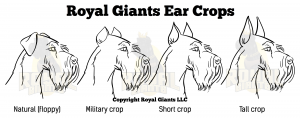 The next thing you need to do is choose an ear crop style.
The next thing you need to do is choose an ear crop style.
It’s important to choose an ear crop style before you go looking for a vet, because some vets will only perform one style of crop based on breeds they may be more accustom to. Make sure your vet has done something similar to a Giant Schnauzer ear crop especially if you’re doing a short crop or tall show crop.
There are two main crop styles for Giant Schnauzers:
Short Show crop and Tall Show Crop.
Short crops and show crops have the greatest chance of standing erect. Ears that are cropped too long, or too short, are less likely to stand erect without proper Posting.
When a Giant Schnauzers ears are cropped too short, they are more likely to lay flat on the dog’s head.
When a Giant Schnauzers ears are cropped long, the cartilage within the pinna will most of the time be too thin to support the weight of the ear. This again requires proper posting.
Choosing a Vet
This procedure is going to determine how your Giant Schnauzer looks for the rest of their life, so make sure to do your homework and find a good vet and be aware of how you’re going to POST YOUR GIANT SCHNAUZERS EARS. They’re both just as important in this ear crop process.
It’s a good idea to ask your breeder (or other local breeders) where they get their Giant Schnauzers ears done, because they probably know who’s best at this type of procedure.
You can also find local vet that performs Giant Schnauzer ear cropping surgeries here: Vets That Crop Ears in the United States.
When you talk to the vet, you’ll want to ask them two things:
1) The Price
On average, you can expect to pay anything from $250 to over $1000. Keep in mind, a more expensive vet does not necessarily mean you’ll get a better crop. A fair price that you should expect to pay for a good crop is probably about $350-400.
This price should include everything, including the procedure itself, the follow-up visit, and any medications (pain medicine and potentially antibiotics).
2) Picture of Prior Crops
In addition, it’s a good idea to bring in a few pictures of ear crops that you like. Show them to the vet and ask if they are willing and able to crop ears in that style.
(Some vets will only crop ears one way, so make sure they can provide what you want.)
Initial Visit
So you’ve decided on a vet. The next step is to take your dog in for a visit so the vet can make sure that your puppy is able to handle the anesthesia. Some vets will do a blood test at this point.
The vet will also give you any instructions on what to do the night before the surgery. You’ll probably restrict food the night before the procedure, and restrict water the morning of. But make sure to pay attention and follow your vet’s recommendations.
After the Procedure
Your vet may keep your dog overnight, or you might be able to take them home the same day. They should also provide you with pain medication, so make sure to ask for some if they forget. The vet will also attach some kind of foam support or plastic rack to your dog’s ears before sending them home.
Your dog will definitely be out-of-sorts for a night or two. The anesthetic will make them drowsy, and their ears may be sore. They may even make noises showing discomfort if they rub them against something. Comfort them and If it looks like your pup is in pain, give them some pain medication—after all, that’s what it’s for.
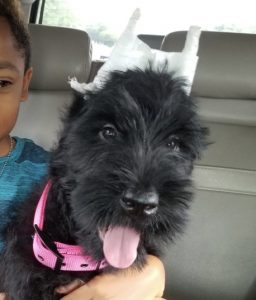
Aftercare Tips
1) Follow the Vet’s Instructions.
This should go without saying, but make sure to follow all your vet’s instructions! Your Giant Schnauzer has just had surgery, and it’s important to do everything you can to help them heal properly.
2) Use the Cone.
You can remove the cone from your Giant Schnauzer as long as you are supervising them, but put the cone back on whenever you’re not watching. The cone is there to prevent your pup from ripping their stitches, which is very important to the proper healing process.
3) Keep the Ears Clean.
You need to keep the skin clean until it’s had a chance to heal. This is important in preventing infections that could require an emergency trip to the vet. Use peroxide and Neosporin at least 2 or 3 times a day. Dab it and dry them completely or as best as you can before applying Neosporin.
4) Remove scabs.
When you were a kid, your mother may have told you not to pick at scabs. Well that might be good advice for yourself, but when it comes to cropping ears, you want to remove any scabs on your dog’s ears immediately.
This is important because the scabs could interfere with the ears properly standing up.
The best way to remove these scabs is to soak them in water for 5 minutes first, to soften them up and make them easier/less painful to pick off. But literally, PULL OFF THE SCABS or you and your Giant schnauzer will be highly upset dealing with an infection.
5) Watch for Infections.
Whenever you wash your dog’s ears (you are cleaning them 2-3 times a day, right?), be on the lookout for signs of infection. This could come in the form of redness, oozing discharge, smelly discharge, swelling, pain, or red streaks extending away from the affected area. If you see any signs of infection, take your dog back to the vet right away for treatment.
6) Nourish Your Dog Through a Healthy Diet.
Finally, make sure your dog is eating well and getting all the essential nutrients they need to recover properly. We recommend giving your pup food supplements twice a day during this post-op recovery period.
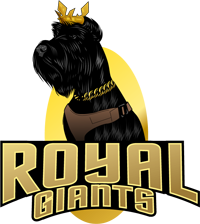
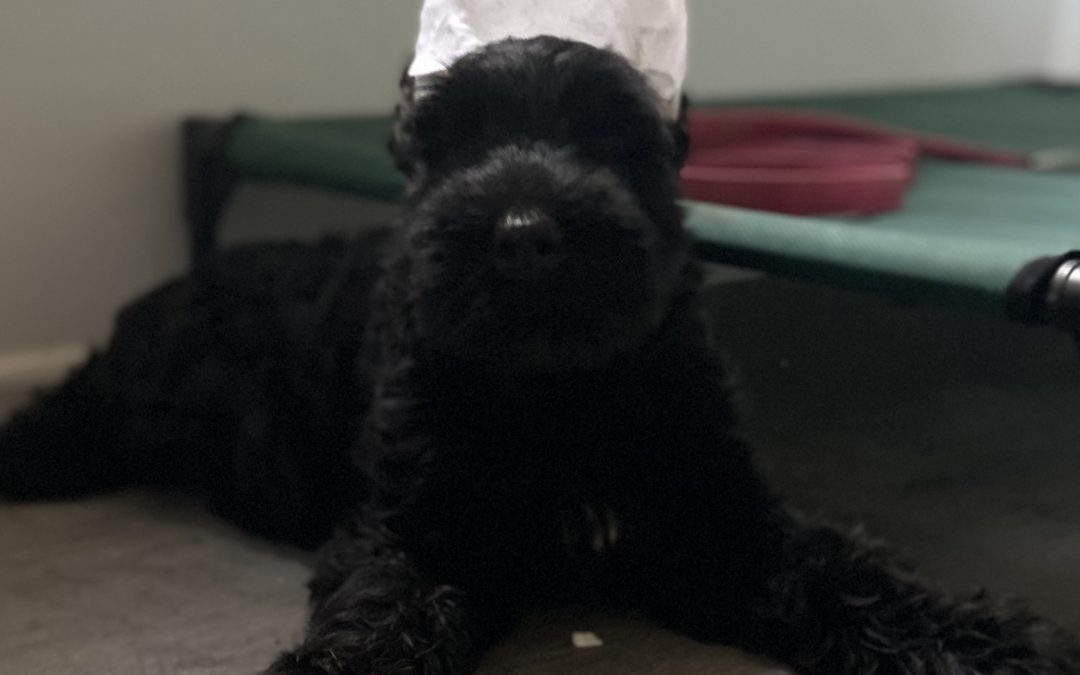
Recent Comments